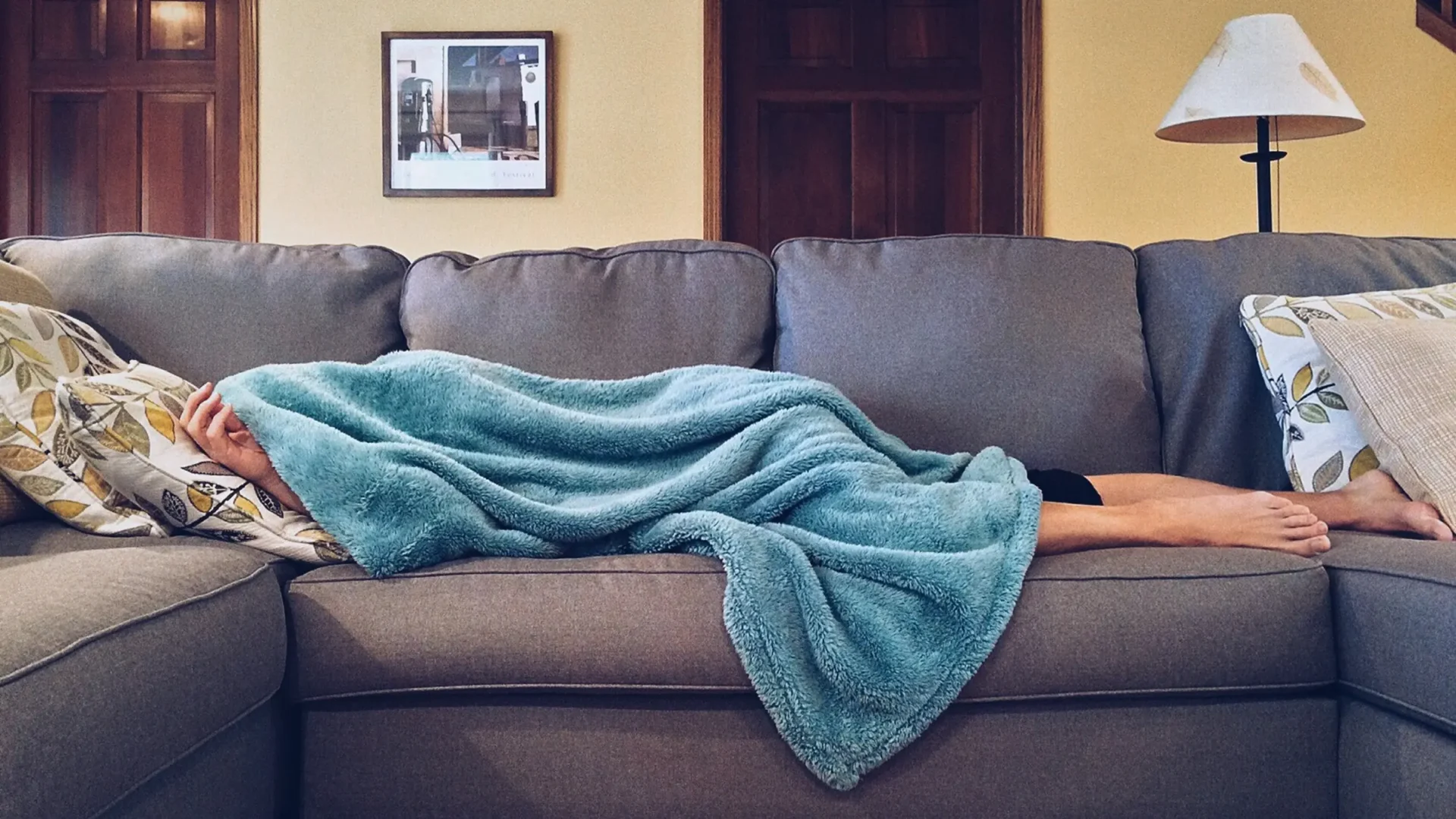A person's physical and mental condition.

A person’s condition can change from day to day or even moment to moment. The health status factor encompasses both physical and mental conditions. One prevalent assumption is that a person’s condition worsens as they age. However, people can make lifestyle choices that alter their condition. A person can work out and remain strong their whole life. Another person can eat a poor diet and practice unsafe behaviors, resulting in diminished physical and mental conditions. A person’s condition is not always a marker of their own choices. Sometimes, decisions others make can force people into situations that harm their condition.
Researching Health Status
Researchers should be keenly aware of a person’s physical and mental condition with scope in mind. A condition like “I am hungry” or “I am itchy” can affect how a person interacts with design and others as much as a broken arm or chronic anxiety. Condition isn’t limited to medical maladies or daily ups and downs. A 44-year-old who runs marathons will likely climb three flights of stairs more easily than a 29-year-old who does not exercise, has a poor diet, and sits at a desk most of the day. When researchers examine a person’s condition as part of an experience design scene, they gain insights into symptoms often caused by other circumstances. Knowing these conditions can also reveal limitations people must deal with and opportunities for design to mitigate those struggles.
Questions to Ask
- In what ways does this person’s condition affect their quality of life?
- How much time or energy does living in this condition take away from other activities?
- What is the person’s cognitive ability?
- At what level can the person acquire knowledge and understand through thinking?
Look For
- How well someone moves
- How much medication a person takes
- The way a person talks about their condition
- The effort made to hide a condition
Keywords
Sources
Natural Science
Frumkin, M. R., & Rodebaugh, T. L. (2021). The role of affect in chronic pain: A systematic review of within-person symptom dynamics. Journal of Psychosomatic Research, 147.
Leonard, M. T., & Cano, A. (2006). Pain affects spouses too: Personal experience with pain and catastrophizing as correlates of spouse distress. Pain, 126(1), 139-146.
Moyen, N. E., Ganio, M. S., Wiersma, L. D., Kavouras, S. A., Gray, M., McDermott, B. P., Adams, J. D., Binns, A. P., Judelson, D. A., McKenzie, A. L., Johnson, E. C., Muñoz, C. X., Kunces, L. J., & Armstrong, L. E. (2015). Hydration status affects mood state and pain sensation during ultra-endurance cycling. Journal of Sports Sciences, 33(18), 1962-1969.
Social Science
Antico, L., Guyon, A., Mohamed, Z. K., & Corradi-Dell’Acqua, C. (2018). Beyond unpleasantness. Social exclusion affects the experience of pain, but not of equally-unpleasant disgust. Cognition, 181, 1-11.
McNeil, R., Guirguis-Younger, M., Dilley, L. B., Aubry, T. D., Turnbull, J., & Hwang, S. W. (2012). Harm reduction services as a point-of-entry to and source of end-of-life care and support for homeless and marginally housed persons who use alcohol and/or illicit drugs: a qualitative analysis. BMC Public Health, 12, 312. https://doi.org/10.1186/1471-2458-12-312
Stewart, S. H., & Asmundson, G. J. G. (2006). Anxiety sensitivity and its impact on pain experiences and conditions: A state of the art. Cognitive Behaviour Therapy, 35(4), 185-188.